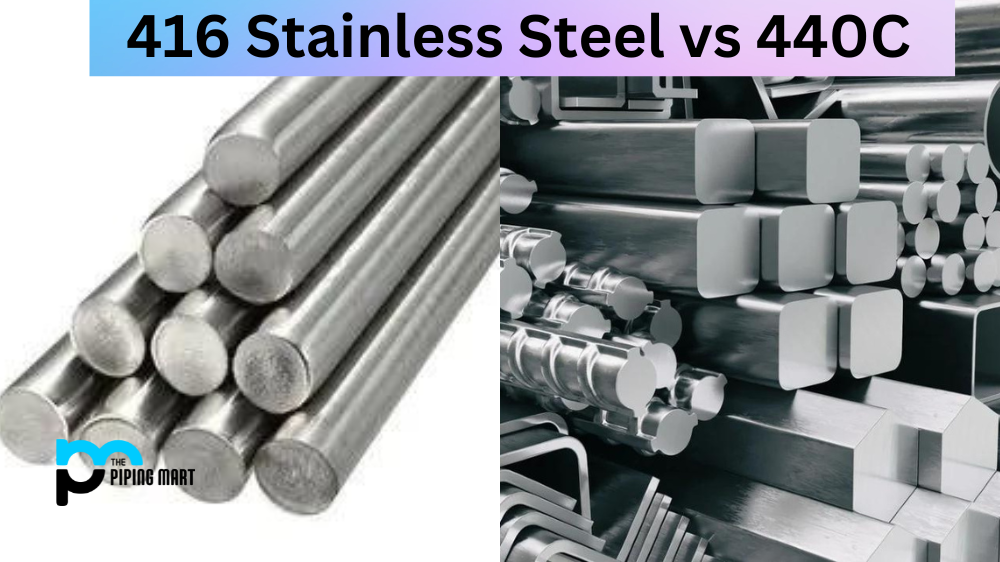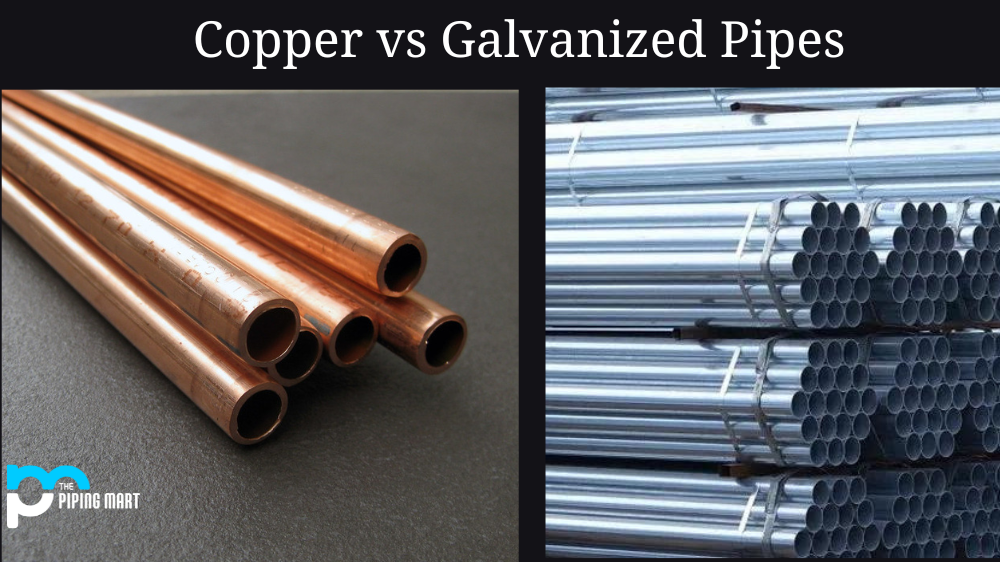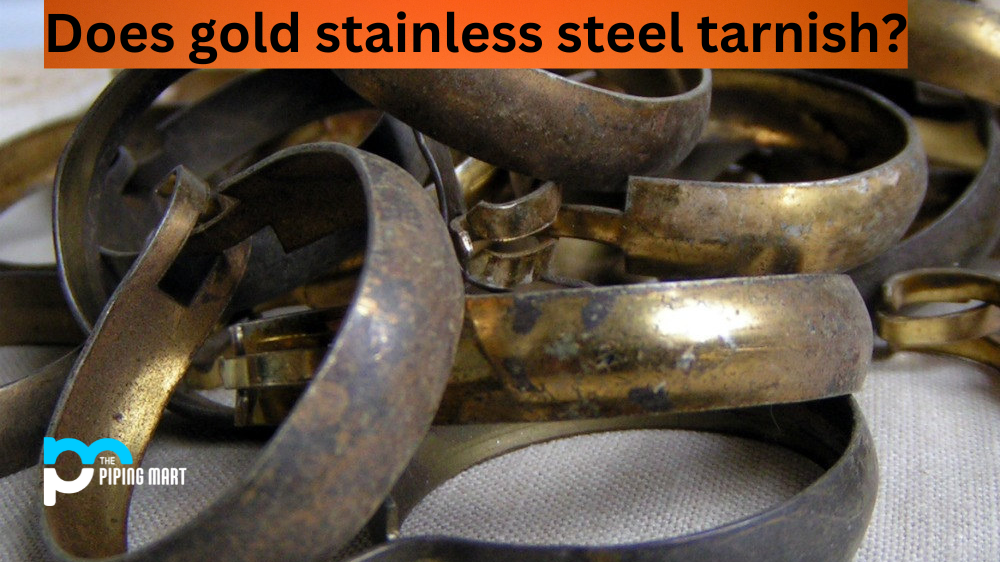The selection process can be overwhelming when choosing the best steel for your project. Many different types of steel are available, each with unique benefits and drawbacks. Two commonly used steels in the manufacturing industry are 416 Stainless Steel and 440C. These steels have similar chemical compositions but are used for different applications. In this blog post, we will compare 416 Stainless Steel and 440C properties to determine which is better suited for your manufacturing needs.
Difference Between 416 Stainless Steel and 440C
Chemical Composition
Both 416 Stainless Steel and 440C are martensitic stainless steels with a high carbon percentage. However, 440C has a higher carbon content than 416 Stainless Steel and contains Chromium, making it more corrosion-resistant. 416 Stainless Steel does not contain as much Chromium, making it less corrosion-resistant.
Hardness
440C is known for its high hardness and wear resistance, making it popular for knife blades and bearings manufacturing. Its higher carbon content allows it to maintain its sharpness and edge longer than other steels. 416 Stainless Steel is not as hard as 440C, but it is still moderately hard and can be easily machined, making it popular for manufacturing components that require less wear resistance.
Machinability
416 Stainless Steel is known for its excellent machinability, allowing for easy processing and production. This is due to the sulfur content added to the steel to create free-machining properties. On the other hand, 440C is more difficult to machine due to its high hardness and wear resistance. It requires specialized equipment to machine this steel effectively.
Cost
416 Stainless Steel is more affordable than 440C, making it a popular choice for manufacturing applications where cost is a concern. However, for industries where hard-wearing steel is required, 440C is the preferred choice despite its high cost.
Corrosion Resistance
As mentioned earlier, 440C has better corrosion resistance than 416 Stainless Steel due to its higher chromium content. However, it still needs to be corrosion-resistant as other stainless steels like 304 or 316. Therefore, if your manufacturing application requires maximum corrosion resistance, there might be better choices than 440C.
Conclusion
In conclusion, the choice between 416 Stainless Steel and 440C depends largely on the application and budget of the project. For applications that require high wear resistance and hardness, 440C is the obvious choice, albeit with a higher cost. If affordability and machinability are key factors for your project, 416 Stainless Steel is the better choice. Ultimately, it is important to consider the specific properties required and consult a professional to determine the best steel for your project.

A passionate metal industry expert and blogger. With over 5 years of experience in the field, Palak brings a wealth of knowledge and insight to her writing. Whether discussing the latest trends in the metal industry or sharing tips, she is dedicated to helping others succeed in the metal industry.




